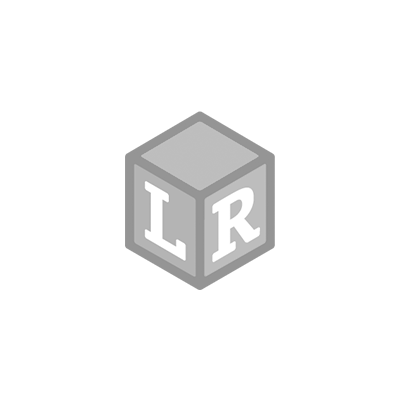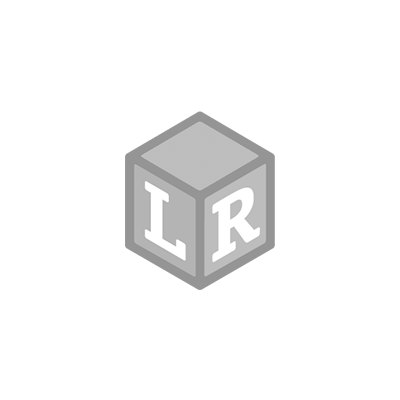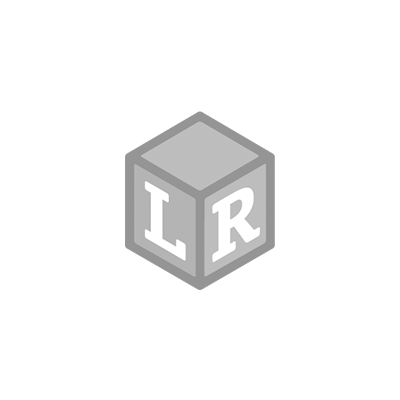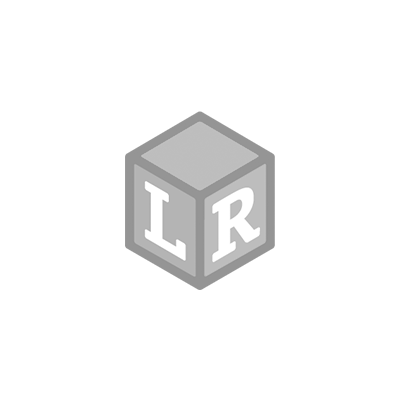
5 Classroom Projects with a Digital Microscope
- Gabrielle Fischer Posted On Jan 25, 2017 | STEM
Sometimes a fresh perspective is all that’s needed to make a familiar school subject seem new and exciting. That’s what makes a digital microscope so cool! It magnifies objects so students can see details missed by the naked eye.Sound like a new way to get your classroom engaged? Check out these project ideas for Science and Math to get you started.

Explore Melting Ice (Grades 2-3)
- Place two ice cubes on a plate. Ask students to predict what will happen when salt is placed on one of the ice cubes.
- Sprinkle some salt on one ice cube. Place the digital microscope above the salted ice cube and have students observe for one minute.
- If possible, take pictures of both ice cubes and label them. Have students discuss and write what they see.
- Then, after four minutes and eight minutes, have them take pictures. They can again discuss and write what they see.
- Have students generate conclusions about the effects of salt on ice.
The Skinny on Skin (Grades 2-4)
- Have a volunteer come to the front of the class.
- Use a digital microscope to get a close look and picture of the child’s skin on the back of their hand. Discuss what is observed.
- Ask students if they think the skin will look different on the palms of the child’s hand.
- Discuss possible reasons why they are different.
Counting Change (Grades 2-3)
- Hold several coins in your hand under the digital microscope. Adjust the focus then slowly move your hand so the students see part of each coin.
- Have the students write an estimate of the total value of the coins.
- Show the students the coins and calculate the actual amount as a group. Students write actual amounts next to their estimates.
- Have students whose estimates were closest to the amount explain how they determined their answers.
- Repeat the process with varying amounts and types of coins.
Micro Measures (Grades 2-3)
- Place a ruler under the digital microscope so the students can see a full centimeter. .
- Place a paper clip under the Twist and ask students to predict if the paper clip will measure a full centimeter, more than a centimeter, or less than a centimeter.
- Place the ruler beside the paper clip and focus the microscope so the students can read the measurement.
- Repeat with other small objects found in the room.
 Shop UK Site
Shop UK Site 
























 Meet Botley, the code to fun! As the newest member of the Learning Resources family, Botley is here to introduce coding in an easy, friendly way. Children as young as 5 can learn to code with Botley, and with his advanced features, he’ll grow with them for many play filled years to come. Botley is ready to use right out of the box – he’ll have kids coding in minutes. And that’s not all, Botley is 100% screen free and includes a 77-piece activity set – the only robot to offer that!
Meet Botley, the code to fun! As the newest member of the Learning Resources family, Botley is here to introduce coding in an easy, friendly way. Children as young as 5 can learn to code with Botley, and with his advanced features, he’ll grow with them for many play filled years to come. Botley is ready to use right out of the box – he’ll have kids coding in minutes. And that’s not all, Botley is 100% screen free and includes a 77-piece activity set – the only robot to offer that! Our hedgehog lost his quills, and only your little ones can help him get them back! Spike the Fine Motor Hedgehog helps kids build up hand muscles and fine motor skills as they replace the chunky, peg-shaped “quills” within the holes that dot the smiling hedgehog’s back. The learning doesn’t end there—Spike's colorful quills also lend themselves well to lessons in counting, sorting, and color identification skills. Kids can arrange the quills by warm or cool colors, work on sequences and patterns by alternating colors, or count up the quills with the help of numbers printed on the hedgehog’s back. Once playtime is over, Spike the Fine Motor Hedgehog is a snap to clean up—each piece is made of plastic that can be easily wiped clean, and the quills stow snugly inside the hedgehog’s body, which adds simplicity to storage too.
Our hedgehog lost his quills, and only your little ones can help him get them back! Spike the Fine Motor Hedgehog helps kids build up hand muscles and fine motor skills as they replace the chunky, peg-shaped “quills” within the holes that dot the smiling hedgehog’s back. The learning doesn’t end there—Spike's colorful quills also lend themselves well to lessons in counting, sorting, and color identification skills. Kids can arrange the quills by warm or cool colors, work on sequences and patterns by alternating colors, or count up the quills with the help of numbers printed on the hedgehog’s back. Once playtime is over, Spike the Fine Motor Hedgehog is a snap to clean up—each piece is made of plastic that can be easily wiped clean, and the quills stow snugly inside the hedgehog’s body, which adds simplicity to storage too. These machines really move! With the Gears! Gears! Gears! Machines in Motion from Learning Resources, kids engineer their own playtime fun with the help of creative, open-ended building activities. Using the included instructions, kids can build their own versions of numerous different interactive machines and vehicles, many of which incorporate special parts including a wrecking ball, chains, pulleys, and wheels. Turn out a tank with its own helicopter propeller, or craft a complex contraption that spins with the twist of a lever.
These machines really move! With the Gears! Gears! Gears! Machines in Motion from Learning Resources, kids engineer their own playtime fun with the help of creative, open-ended building activities. Using the included instructions, kids can build their own versions of numerous different interactive machines and vehicles, many of which incorporate special parts including a wrecking ball, chains, pulleys, and wheels. Turn out a tank with its own helicopter propeller, or craft a complex contraption that spins with the twist of a lever.  Spin your way into geography with this Puzzle Globe, which highlights landmarks and animals! Each puzzle piece (continent) fits into one hole on the globe to make it easy for little ones to place. All 7 continents are represented (6 continent puzzle pieces plus stationary Antarctica).
Spin your way into geography with this Puzzle Globe, which highlights landmarks and animals! Each puzzle piece (continent) fits into one hole on the globe to make it easy for little ones to place. All 7 continents are represented (6 continent puzzle pieces plus stationary Antarctica). Features enough medical tools for the whole junior surgical staff to operate! Made from sturdy plastic, this set features a battery operated stethoscope, and realistic sounding cell phone. Provides the perfect way to ease children’s anxieties about doctor visits. Plastic carrying case has a place for everything and provides great storage.
Features enough medical tools for the whole junior surgical staff to operate! Made from sturdy plastic, this set features a battery operated stethoscope, and realistic sounding cell phone. Provides the perfect way to ease children’s anxieties about doctor visits. Plastic carrying case has a place for everything and provides great storage. The learning express is pulling into the station! Send number, color, and shape recognition skills chugging down the tracks with the Count & Color Choo Choo from Learning Resources. Driven by a friendly conductor figure that plugs right into the engine, this fun interactive train set pulls a load of learning lessons thanks to its cargo of removable blocks that come in different numbers, shapes, and colors. Kids can sort the blocks by shape and color, count up the total number found in the train, or build fine motor skills while loading the blocks back into their rightful train cars.
The learning express is pulling into the station! Send number, color, and shape recognition skills chugging down the tracks with the Count & Color Choo Choo from Learning Resources. Driven by a friendly conductor figure that plugs right into the engine, this fun interactive train set pulls a load of learning lessons thanks to its cargo of removable blocks that come in different numbers, shapes, and colors. Kids can sort the blocks by shape and color, count up the total number found in the train, or build fine motor skills while loading the blocks back into their rightful train cars. This award-winning cash register is the perfect addition to any pretend store! Encourage beginning math and calculator skills while providing lots of opportunities for imaginative play. Features a built-in solar calculator that helps familiarize children with the use of a calculator. They’ll also learn currency denomination and have fun handling life-size money. Large buttons on the keypad are easy for little hands to press and the cash drawer makes a “cha-ching” sound when it opens.
This award-winning cash register is the perfect addition to any pretend store! Encourage beginning math and calculator skills while providing lots of opportunities for imaginative play. Features a built-in solar calculator that helps familiarize children with the use of a calculator. They’ll also learn currency denomination and have fun handling life-size money. Large buttons on the keypad are easy for little hands to press and the cash drawer makes a “cha-ching” sound when it opens. Introduce kids to angles, trajectories, and other early physics fundamentals with the Crashapult STEM Challenge from Learning Resources. This hands-on activity set challenges kids to build and complete high-flying obstacle courses designed around core STEM concepts. After setting up their catapults, kids send the launch balls flying off walls, over obstacles, and toward the set’s included hoop target, funnel, or goal cup. Along the way, they’ll have to use their own trial-and-error, engineering, and critical thinking skills to make the adjustments to placement and force necessary to successfully complete the included challenges.
Introduce kids to angles, trajectories, and other early physics fundamentals with the Crashapult STEM Challenge from Learning Resources. This hands-on activity set challenges kids to build and complete high-flying obstacle courses designed around core STEM concepts. After setting up their catapults, kids send the launch balls flying off walls, over obstacles, and toward the set’s included hoop target, funnel, or goal cup. Along the way, they’ll have to use their own trial-and-error, engineering, and critical thinking skills to make the adjustments to placement and force necessary to successfully complete the included challenges. This deluxe market set combines some of our best New Sprouts® food items from an amazingly realistic T-bone steak to enticing fresh produce. Unlike other play food our New Sprouts® are easy to grip and won’t collapse. Can’t decide what New Sprouts® to get? This set is a sure bet for hours of inspired play.
This deluxe market set combines some of our best New Sprouts® food items from an amazingly realistic T-bone steak to enticing fresh produce. Unlike other play food our New Sprouts® are easy to grip and won’t collapse. Can’t decide what New Sprouts® to get? This set is a sure bet for hours of inspired play. 





